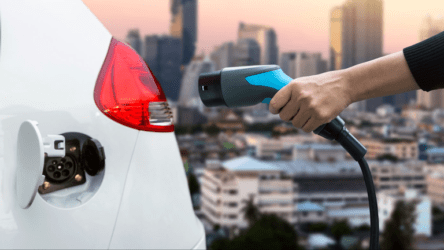Manufacturers of cars, trucks, buses, and motorcycles are rapidly electrifying their vehicles to increase the fuel efficiency of internal combustion engines and reduce CO2 emissions. There are many electrification choices, but most manufacturers are opting for a 48-V mild-hybrid system rather than a full-hybrid powertrain. In the mild-hybrid system, a 48-V battery is added alongside the traditional 12-V battery.
This increases power capability by 4X (P = V × I), which can be used for heavier loads, such as the air conditioner and catalytic converter at startup. To increase vehicle performance, the 48-V system can power a hybrid motor for faster, smoother acceleration while saving on fuel. The additional power can support steering, braking, and suspension systems, plus add new safety, entertainment, and comfort features.
Introducing a 48-V mild hybrid system has tremendous upside once designed-in. Overcoming the hesitancy to modify the long-standing 12-V power distribution network (PDN) may be the biggest challenge. Changes in power delivery often require new technologies that need extensive testing and may require new suppliers to deliver on the automotive industry’s high safety and quality standards.
But the advantages far outweigh the conversion cost, a fact that’s being discovered by the data-center industry as it moves to a 48-V PDN. For the automotive industry, a 48-V mild-hybrid system provides a way to rapidly introduce new vehicles with lower emissions, longer range, and higher gas mileage. It also delivers new and exciting design options for higher performance and features while still reducing CO2 emissions.










